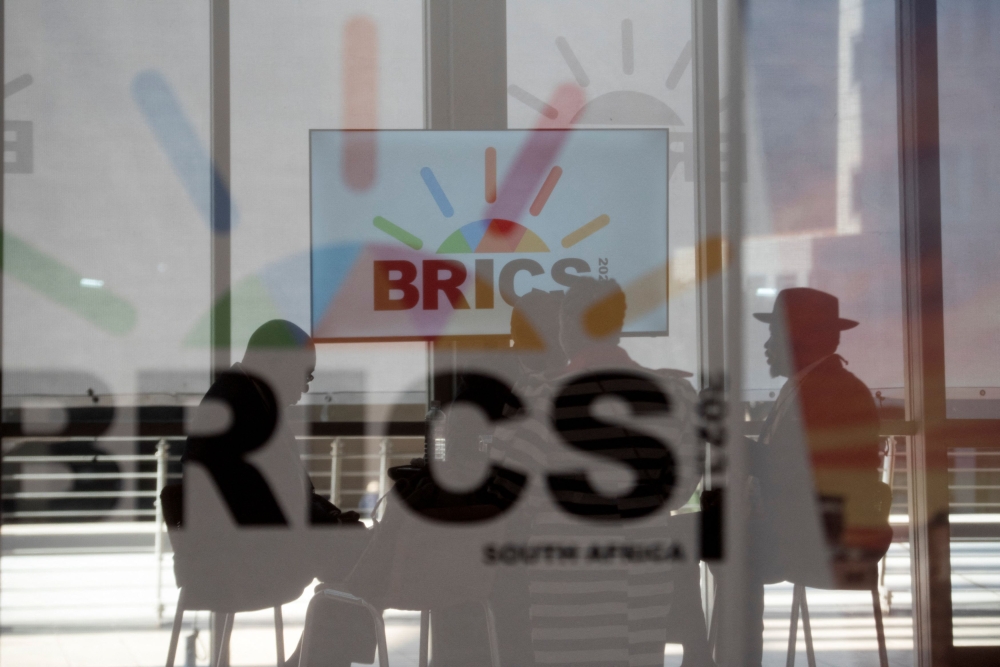JULY 1 — South-east Asia is witnessing a potential power shift with Malaysia’s and Thailand’s new interest in joining the Brics+ alliance. This comes as the grouping, initially formed by Brazil, Russia, India, China, and South Africa, expands its reach. With the addition of Iran, Egypt, Ethiopia, and the United Arab Emirates earlier this year, Brics+ now boasts eight members, representing over 40 per cent of the world’s population. This burgeoning economic and political bloc is seen as a counterweight to Western dominance on the global stage.
Beyond economics, Brics+ nations are fostering collaboration in education, opening doors for student exchange and joint research. The launch of the Brics+ Universities Association (BUA) with over 148 members from 35 countries signifies a significant push for knowledge-sharing and collaborative research. This focus on education, alongside the recent 3rd Brics TVET Institution Presidents Forum in May 2024, highlights Brics+’ ambitions to build a strong scientific and technological workforce within member states.
The Brics+ advantage vs Asean’s established framework
The rise of Brics+ presents an exciting prospect. However, as Malaysia (set to chair Asean in 2025) deepens its involvement with Brics+, a crucial question arises: how will this new partnership impact established collaborations within Asean, particularly regarding education?

Brics+ and Asean diverge in their educational approaches. Brics+ emphasises research-driven excellence, while Asean prioritises educational integration and regional identity. Asean focuses on fostering a well-rounded workforce equipped with “soft skills” like critical thinking and intercultural understanding, crucial for Southeast Asia’s diverse landscape.
Funding and structure also differ. Brics+ initiatives rely heavily on government funding, while Asean leverages a broader range of resources. The Brics+ BUA acts as a central platform for collaboration, while Asean adopts a more government-led approach with the Asean Education Ministers Meeting setting the direction.
A key concern lies in the potential for Brics+ to dilute Asean’s influence. Established programmes like the Asean Work Plan on Education, Asean University Network (AUN), and the Asean Skills Development Programme (TVET) have fostered collaboration for decades. Brics+ membership could divert resources from these initiatives. Similarly, a separate Brics+ education framework, if developed, could create a parallel system to Unesco and SEAMEO, leading to fragmentation and duplication of efforts.
Finding a way for Brics+ to complement rather than compete with Asean’s initiatives will be crucial. This approach will ensure a more convergent educational landscape in South-east Asia.
Finding harmony: The next five years are critical
South-east Asia stands at a crossroads. While the burgeoning educational programmes offered by Brics+ nations present a potential boon, they could create a competing system if not managed thoughtfully. This could fracture the regional cooperation painstakingly built by Asean.
The key lies in collaboration: the next five years is critical.
Deft diplomacy is needed to ensure Brics+ initiatives complement existing Asean frameworks. Here, Malaysia’s recent appointment of a seasoned diplomat, Datin Sarah Nava Rani Al-Bakri Devadason, as its permanent representative to Asean, is a welcome sign. Her expertise could bridge the gap: her work is cut out for her, as she fosters cooperative convergence of the two blocs in the education sector. When harmonised, Brics+ and Asean can create a future where South-east Asian students have access to both the strong research focus of Brics+ and the regional identity fostered by Asean.
*This is the personal opinion of the writers or publication and does not necessarily represent the views of Malay Mail.





















